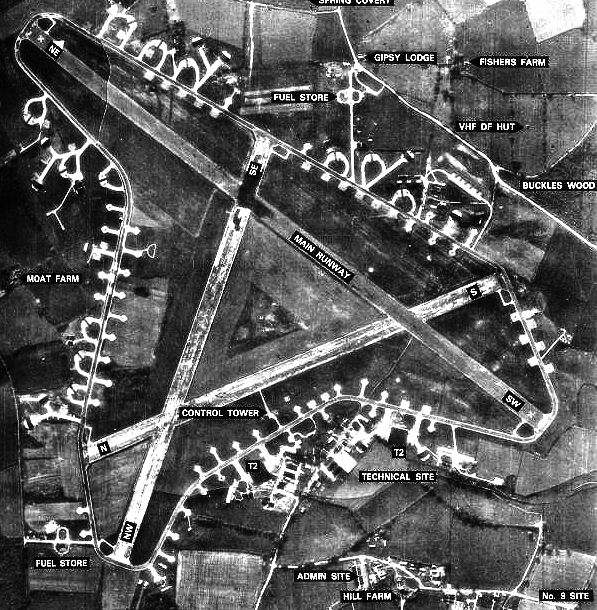- Thread starter
- #21
Good thing to consider with that one.I am not as up on P-47 operations as in the ETO as a might be.
However the vaunted P-47 firepower/combat duration might need a bit of examination.
Yep, the P-47 had twice the firepower of a P-51B (eight guns to four)
My question is what what happened when they started hanging drop tanks of the wings of the P-47s??
Did the ammo capacity at 425 rounds.......or did they drop the ammo capacity to around 267 rounds per gun.
And didn't the P-51B have 350 rph for the inner guns and 250 guns for outer guns?
Didn't the P-51D 400rpg for the inner guns and the 270 rpg for the outer two guns in each wing?
If the P-47s use reduced ammo for either bombs or large drop tanks then the P-47s just have the extra "firepower" of the 7th and extra machine guns. They have no extra margin of firing time compared to the P-51D.
Perhaps somebody can post some notes on when or how the P-47s began reducing the ammo load?
And it may have varied in distance from target?
As to the slight disagreement re bomber escort capability et al it would seem the main contributions of the P47 were in early learning before the Mustang was available
and ground attack.
This is the best thing about this forum - actual data and experience to clear up misconceptions.


